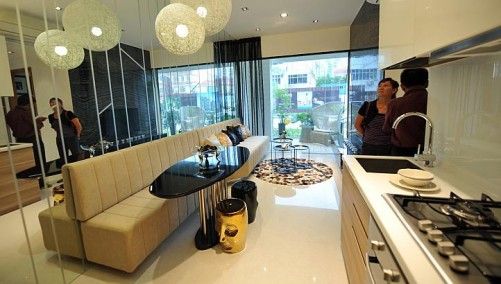Based on the latest numbers from the Singapore Residential Price Index (SRPI), prices of completed shoebox units which are not more than 506 sqft, have slipped by 1.2% in November from figures recorded in October.
Till October 2015 , the SRPI for such small units have indicated that prices have declined by 4.1% overall for the whole year. Apparently this is not a surprising sign due to the surge in supply of such unit types in the suburban regions since 2014, according to property experts.
It was mentioned that the rental demand for such unit types have been rather subdued as most existing HDB owners find that the sizes are too small for their families to stay in and unable to find tenants with a good rental budget, thus end up renting out their unit at a lower rental rate.
In terms of transactions, it was noted that since the beginning of 2014, not more than 19 of such units were being sold in a month, except for June and August 2015.
Between year 2010 to year 2012, there was a craze for purchasing “shoebox apartments” especially from new launch projects, due to its low and affordable quantum. However in September 2012, the government released a counter-measure to control the proportion of such shoebox units by limited the supply allowed in the suburban regions.

The SRPI from the National University of Singapore (NUS) have also shown that the total number of shoebox apartments sold in 2015 (158 units) have increase by 40% year-on-year as compared to 2014, where only 111 units were sold.
Despite a gloomy outlook on Singapore’s property market, most of the completed shoebox units sold in 2015 to-date have remained profitable (excluding costs such as stamp duties). It was also noted that many investors who bought such small units are still have a good buffer in terms of profits. Thus they are mostly open to negotiate and sell their units for a lower price.


